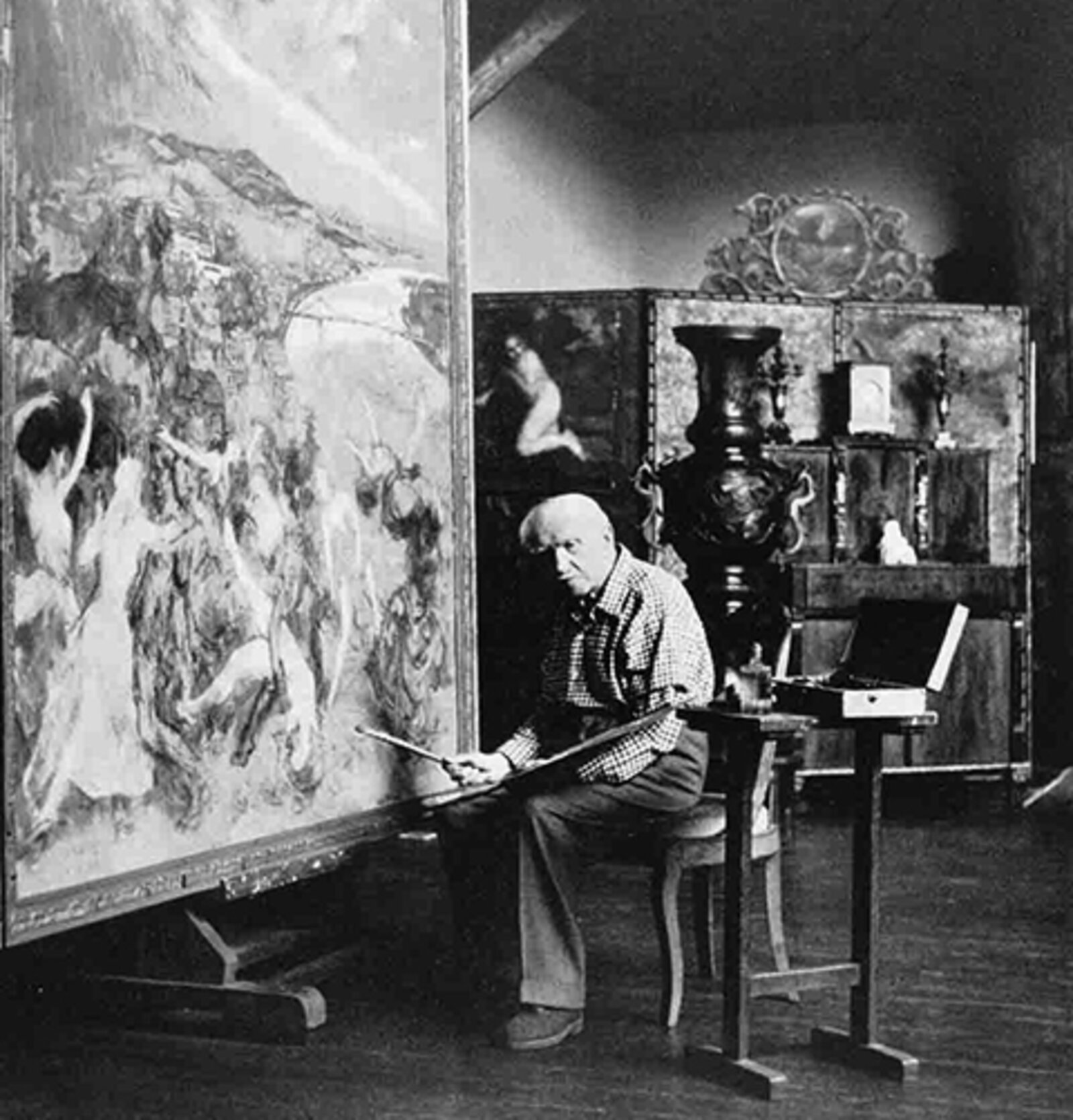The Lover of the Big Water - Csók István's Paintings of Lake Balaton
From the 1910s, painter István Csók regularly spent time in Balatonaliga where he found inspiration and created his works. He loved the Lake: he painted hundreds of pictures of Lake Balaton and was chairman of Balaton Society's art section.

Photo: HUNGARIAN NATIONAL DIGITAL ARCHIVE AND FILM INSTITUTE
István Csók is an important figure among the artists who painted Lake Balaton. He began his studies at the School of Drawing in the capital, then trained in Munich and later in Paris in the 1880s. On his return home he became a member of the Nagybánya group. At the time of his return to Hungary, he had already received numerous awards, had exhibitions, and was appointed a teacher at the College of Fine Arts. His early art was characterised by a realist style and later by post-impressionism.
He became a regular visitor to Aliga from the 1910s, spending summers there with his family and painting the unique world of Lake Balaton. He created nearly half a thousand pictures of the lake, but most of them were destroyed after World War II and are in private collections. István Csók, who was passionate about the Lake, also served as chairman of Balaton Society's fine arts section. Csók, known as the "painter of serene life", observed the lake and created his landscapes and genre paintings at the Panorama Lookout in Világos and on the beach in Aliga. In 1993, the newspaper Pesti Napló published a major article on the works of István Csók, with a special focus on his lake works:
"...for a decade and a half István Csók has spent every summer in Aliga, ever since he was first enchanted by the silvery mirror of water stretching to Tihany, Füred, Almádi, Kenese and the many changing wonders of the infinite sky above, the dazzling play of colour and light. This great painter is a lover of the big water, full of the secrets of change, and for so many intimate hours, days and months he not only studied them, but also, translated into the language of art, captured them. He has captured rare and precious moments from the eternal continuity of time, those intimate moments in which Lake Balaton reveals itself to the eye of the beholder - on fresh and humid May mornings, on breezy July mornings, on August mornings drenched in drizzling gold and September twilights shimmering through the mist - like an unsuspecting Susanna in the baths. What pure, deep melodies of nature are heard here, transcribed into the rhythm of István Csók's softly embracing, fierily splashing or softly parting colours and undulating lines, sometimes bound in solid chords, sometimes in the pastoral melody of a single solo which dies away imperceptibly in the virginal silence."
He made his first painting of the Lake in 1911, then at the exhibition of the Ernst Museum in 1928 and later at his jubilee exhibition in 1935, he created dozens of works on Lake Balaton. His surviving paintings - On the shore of Lake Balaton, Balaton Landscape with a Bathing Woman, Züzü on the shore of Lake Balaton, Sailboat on Lake Balaton, Rainbow on Lake Balaton, The Godfather's Breakfast - reflect Csók's diverse style and his unique depiction of Lake Balaton. By his own admission, he was almost in a state of trance while painting Lake Balaton, spending hours watching the large body of water reflecting the play of clouds and light.
After World War II, the two-time Kossuth Award laureate no longer created much due to the changed circumstances and his increasingly prevalent eye disease. Although most of his lake paintings were destroyed, the surviving works reflect his love for the Lake and the specificity of his style of depiction. István Csók's pictures of Lake Balaton, with their unique atmosphere, are certainly part of the imaginary Lake Pantheon.
